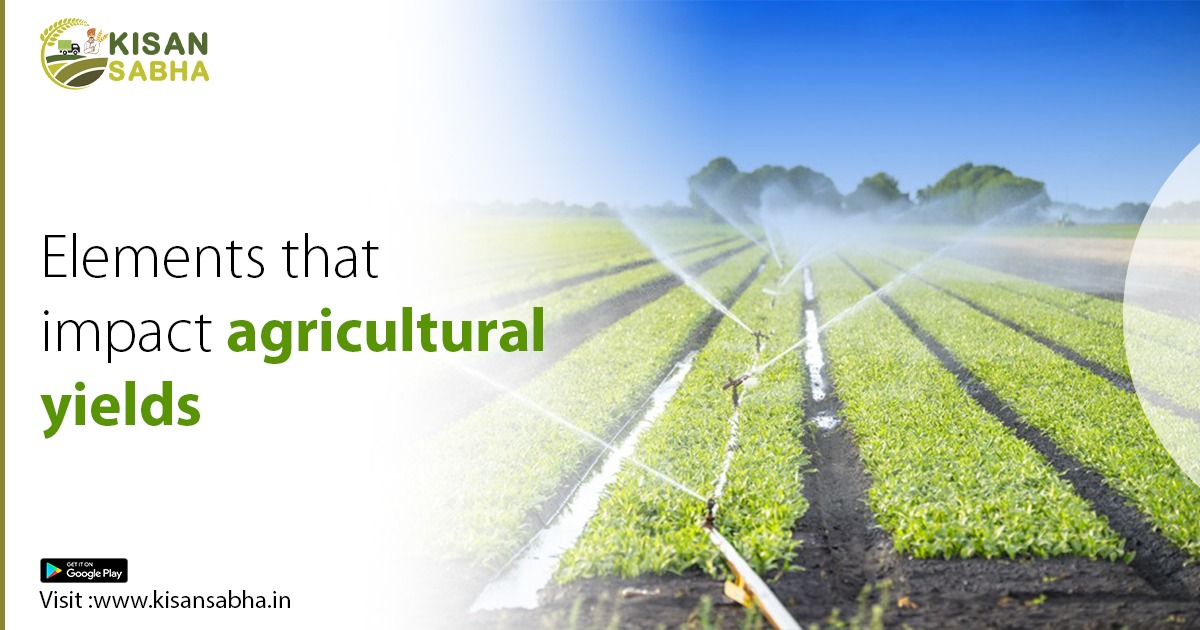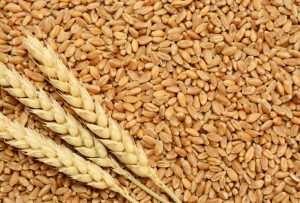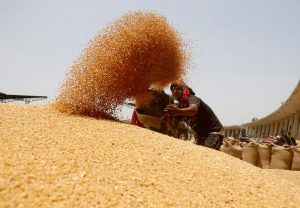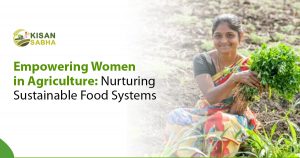A thorough grasp of the dynamics involved in food production is essential for improving food security. Research has proven that increasing food yields dramatically reduces poverty. Several factors influence yield, which is the amount of harvested crop product in a given area. A variety of factors impact agricultural output quality and quantity, and if not adequately monitored or controlled, offer a substantial danger to farmers.
Farmers are always attempting to boost agricultural yields, but they may be unsure of which aspects are significant. Climate and temperature, plant and water management, and soil nutrient management all have an impact on yield. The best yields are usually the product of good genetics combined with the capacity to manage and optimise the plant’s environment.
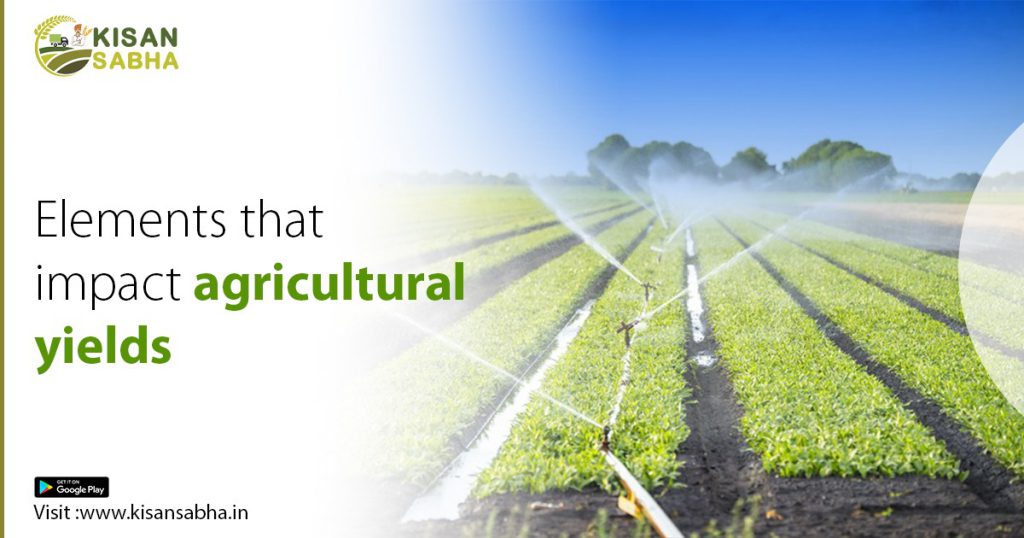
Climate and temperature are crucial elements in generating good yields. Warmer temperatures promote crop growth, including cell division, growth, and metabolism, whereas cold temperatures hinder plant growth.
In this article, we will look at three elements that impact agricultural yields as well as technology solutions are mainly created to boost crop yields.
1. Fertility of the soil
One of the three most significant elements determining crop output is soil fertility. Other factors include water availability, climate, and illnesses or pests.
To sustain agricultural productivity, a rising range of digital agri-technologies are being developed for visualising, understanding, and enhancing soil fertility. Among them are three:
Farmers utilize sensors to monitor soil humidity, temperature, pH, moisture, and nutrients on farms and agricultural equipment.
To monitor soil quality and deterioration, farmers employ remote sensing and Geographic Information Systems (GIS) techniques. Satellite technology measures and visualizes soil moisture, organic matter, texture, salinity, and iron concentration.
Drones, equipped with hyper-spectral imaging cameras, diagnose nutrient deficits in crops and soils and administer exact amounts of agrochemicals.
2. Water accessibility
Water is a crucial input for agricultural productivity, and it is often obtained by rainfall and irrigation.
Today’s technology make it possible to use local weather predictions to improve precision irrigation.
These technologies enable farmers to prepare ahead of time and organise irrigation of their crops in the most effective way possible. Water technologies used to increase agricultural yields include:
- Artificial Groundwater Recharge Well: alters the shape, distribution, or biochemical content of water to improve its availability.
- Water Treatment Technology: alters the physical structure of water particles to increase penetration, water-use efficiency, and irrigation efficiency.
- Humidity collection: This technique combines a technical solution with natural infrastructure to increase humidity and water collection.
3. Weather/climate conditions
Weather conditions are uncontrollable, necessitating the necessity to adjust to changing circumstances.Farmers use weather tracking technology to anticipate weather and make informed judgments.Furthermore, farmers can make better projections of crop demands to avoid over- or under-watering. Weather technologies used to increase agricultural yields include:
- Doppler Radar measures rain, wind speed, and direction.
- Weather satellites: These satellites collect observational data.
- Radiosondes: These devices convey information such as air pressure, temperature, relative humidity, wind speed, and wind direction.
- Other aspects, like as planting date, seed selection, soil preparation, pests, and diseases, are equally significant and have a plethora of technology options to affect farm output.
4. Access to nutrients
Plants do best when they have regular access to nutrients. These consist of micronutrients like boron and zinc, secondary nutrients like magnesium and sulphur, and primary nutrients like potassium, phosphorus, and nitrogen. Some items that are added to soil might increase nutrient availability for a few years before starting to deplete the soil of its nutrients. Farmers must therefore use additional fertiliser to make up for this nutrient loss.
Building soil health improves the environmental elements that affect crop output and enables genetics to express its yield potential to its fullest.
Visit us – http://www.kisansabha.in now !!!


